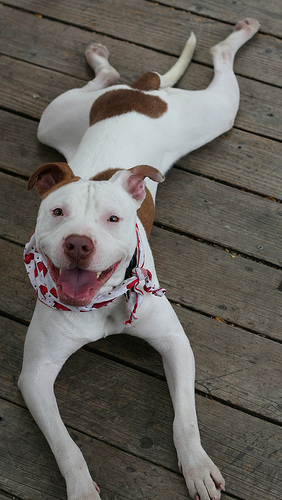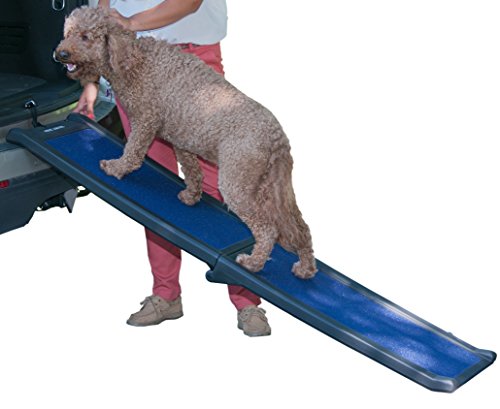
Dogs are social animals. They form strong attachments (sometimes too strong) to other dogs and people. Nowadays with an owner’s long hours out of the house and busy schedule, it is very important that they train their dog to stay alone. Understanding that it’s pleasant when we’re around yet our absences are tolerable, is a crucial thing to teach your dog.
Signs of separation anxiety are only seen in the owner’s absence or when the dog is prevented from being close to the owner ( for example at night). The dog is in a high state of anxiety or conflict because he wants to be with the owner and is prevented from doing so. Dogs like people cannot stay in a high state of anxiety for long, and must do something (often something undesirable from a human perspective) to reduce the tension. It is very important to realize that the dog is not doing these things to get even with his owner for leaving him. Out of boredom, or due to a lack of obedience, he must relieve this tensions and his methods of doing so may cause considerable damage. Consider that the dependence of the dog on his owner is so great that he becomes anxious when the owner leaves. Also consider that, no matter how flattering his constant attention to his owner may seen, it’s not fair to the dog to allow him to be so stressed by the absence of his owner.
Circumstances in which the anxiety will occur:
Signs of separation anxiety to reduce the tension:
Moment that separation anxiety will express itself:
Preventing separation anxiety:
Treating separation anxiety:
Julie Sansregret – AHT, Dog trainer
Guides Canins
1313, rue PineRidge,
St-Lazare-de-Vaudreuil, Qué.
J7T 2M7 (450) 424-1469
guidescanins.com
 10 Reasons To Foster A Dog
10 Reasons To Foster A Dog
If you抎 like to make a re
10 Reasons To Foster A Dog
10 Reasons To Foster A Dog
If you抎 like to make a re
 Tips On How To House Train A Puppy
Credit: Humane Society Of Greater Rochester v
Tips On How To House Train A Puppy
Credit: Humane Society Of Greater Rochester v
 Dog Stairs and Dog Ramps
My dog Sasha is almost 12 ye
Dog Stairs and Dog Ramps
My dog Sasha is almost 12 ye
 Boosting Your Dogs Health Through Food
We would do anything to keep
Boosting Your Dogs Health Through Food
We would do anything to keep
 A Dog Breed for Every Occasion
For some dogs, like people,
A Dog Breed for Every Occasion
For some dogs, like people,
Copyright © 2005-2016 Pet Information All Rights Reserved
Contact us: www162date@outlook.com